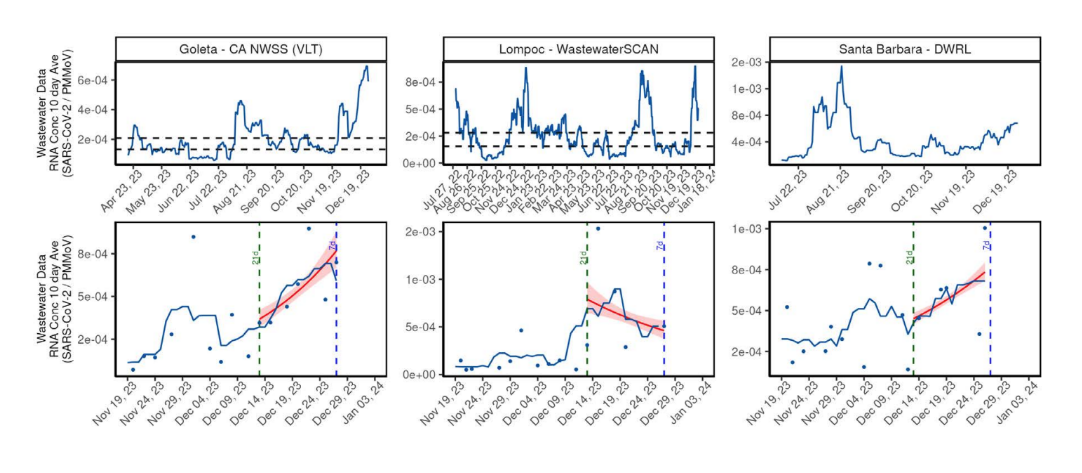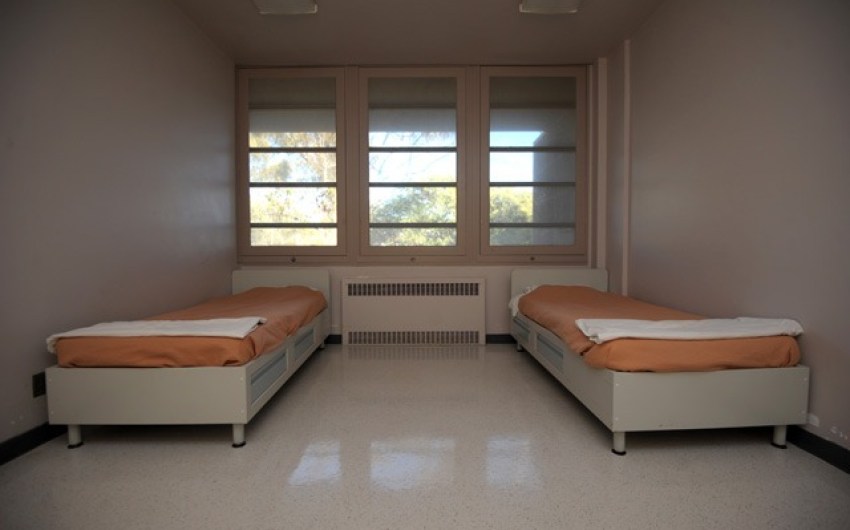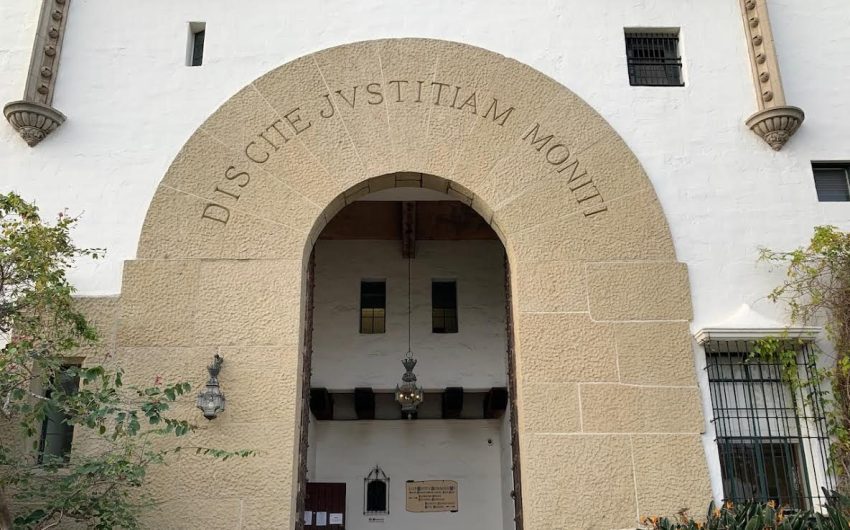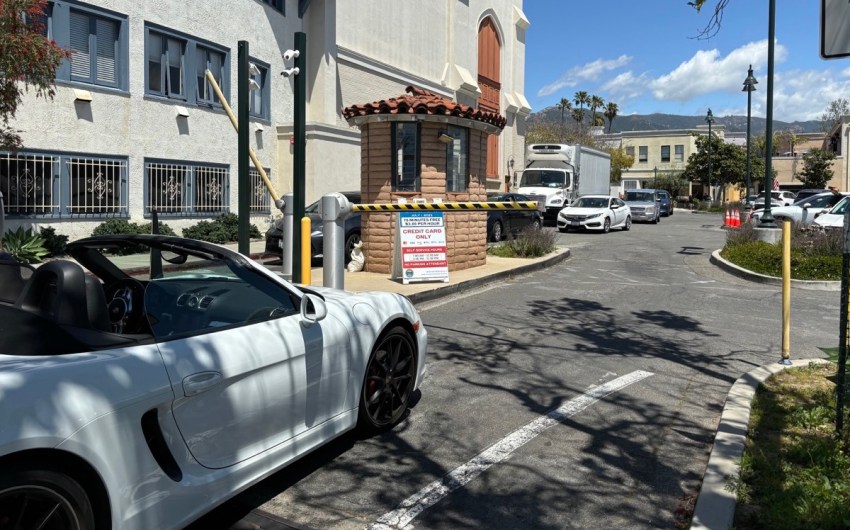Follow the Feces for COVID Information
Wastewater Tests Show Rise in Virus over Holidays in Goleta and Santa Barbara

Around this time in 2021, COVID was exploding in Santa Barbara County. Close to 3,000 people tested positive per day, more than one person was dying every day, and Cottage Hospital was down to a handful of critical care beds. Today’s numbers are elevated compared to a month or a year ago, but it’s nothing like the widespead disease before vaccines became available.
“Poop don’t lie” could be the watchwords for the trailing years of the COVID pandemic, as the immense amount of information that public health agencies compiled and presented daily for three years is down to a trickle of data from wastewater tests. Home testing has created a skewed record of positive case information; thus, the amount of virus in wastewater has become a surrogate for the amount of COVID in the community, albeit a couple weeks after the fact.
In Santa Barbara County, wastewater results are available from facilities in Goleta, Lompoc, and City of Santa Barbara, tests that revealed an increasing trend in virus detection in Goleta and Santa Barbara between Thanksgiving and Christmas, a trend that declined in Lompoc. The last reported hospital information from the state Department of Public Health is dated November 4, 2023: 10 people were hospitalized with COVID, three more than the week before. A total of 831 people have died of the virus since the pandemic first hit Santa Barbara in March 2020, an increase of 17 since our last report in September.

The county’s overall COVID disease status at the national Centers for Disease Control is green, a low stage that indicates that within one week, fewer than 10 people (per 100,000 in population) were admitted to the hospital for treatment. Dr. Henning Ansorg, the county’s health officer, said that cases in the hospitals were slightly up since early fall but that fewer people were sick compared to last winter. As far as symptoms went, “More upper respiratory symptoms are typical for the newer variants,” Ansorg said. Those with severe lung disease were at highest risk from COVID, he added, as were the “elderly or immunosuppressed persons who are not vaccinated.”
Around town and indoors, an increasing number of people are seen wearing face masks, likely a reaction to the three airborne viruses that are prevalent this winter: COVID, RSV, and influenza. Ansorg advised protecting yourself with a well-fitting mask when in public indoors and to get vaccinations against all three.
The current COVID vaccine protocol among adults with normal immune systems is a single shot of the newly formulated Moderna or Pfizer vaccination, Ansorg said. People with weakened immune systems should have regular boosters, and children from 6 months to 4 years old are to have a 2- or 3-shot series. Where once there were drive-through vaccination clinics, now they are available from primary care or pharmacies.
As well, COVID test kits are still available for free at COVIDtests.gov, and for anyone on MediCal through pharmacies.
COVID remains a highly contagious virus, with dangerous potential consequences to people with impaired immune systems. At home, people are advised by the CDC to isolate for five days, a period when they are likely to be highly infectious; avoid travel; avoid sharing towels and cutlery; and to head to the hospital if troubling symptoms develop, such as difficulty breathing. If you must go out, wear a high-quality mask around other people.
Premier Events
Thu, May 02
5:00 PM
Santa Barbara
Things with Wings at Art & Soul
Sat, May 04
10:00 AM
Lompoc
RocketTown Comic Con 2024
Thu, May 02
5:00 PM
Santa Barbara
100th Birthday Tribute for James Galanos
Thu, May 02
5:00 PM
Santa Barbara
Meet the Creator of The Caregiver Oracle Deck
Fri, May 03
4:00 PM
Santa Barbara
Santa Barbara Fair+Expo “Double Thrill Double Fun”
Fri, May 03
8:00 PM
Santa barbara
Performance by Marca MP
Sat, May 04
10:00 AM
Solvang
Touch A Truck
Sat, May 04
11:00 AM
Santa Barbara
Mental Wellness Center’s 28th Annual Arts Faire
Sat, May 04
11:00 AM
Santa Barbara
Community History Day
Sat, May 04
3:00 PM
Solvang
The SYV Chorale Presents Disney Magic Concert
Sat, May 04
7:00 PM
Santa Barbara
A Star Wars Cantina Celebration: Renegades, Rebels, and Rogues
Tue, May 07
7:00 PM
Santa Barbara
Theatre Eclectic Presents “The Great Gatsby” – Wake Auditorium
Thu, May 02 5:00 PM
Santa Barbara
Things with Wings at Art & Soul
Sat, May 04 10:00 AM
Lompoc
RocketTown Comic Con 2024
Thu, May 02 5:00 PM
Santa Barbara
100th Birthday Tribute for James Galanos
Thu, May 02 5:00 PM
Santa Barbara
Meet the Creator of The Caregiver Oracle Deck
Fri, May 03 4:00 PM
Santa Barbara
Santa Barbara Fair+Expo “Double Thrill Double Fun”
Fri, May 03 8:00 PM
Santa barbara
Performance by Marca MP
Sat, May 04 10:00 AM
Solvang
Touch A Truck
Sat, May 04 11:00 AM
Santa Barbara
Mental Wellness Center’s 28th Annual Arts Faire
Sat, May 04 11:00 AM
Santa Barbara
Community History Day
Sat, May 04 3:00 PM
Solvang
The SYV Chorale Presents Disney Magic Concert
Sat, May 04 7:00 PM
Santa Barbara
A Star Wars Cantina Celebration: Renegades, Rebels, and Rogues
Tue, May 07 7:00 PM
Santa Barbara


























You must be logged in to post a comment.